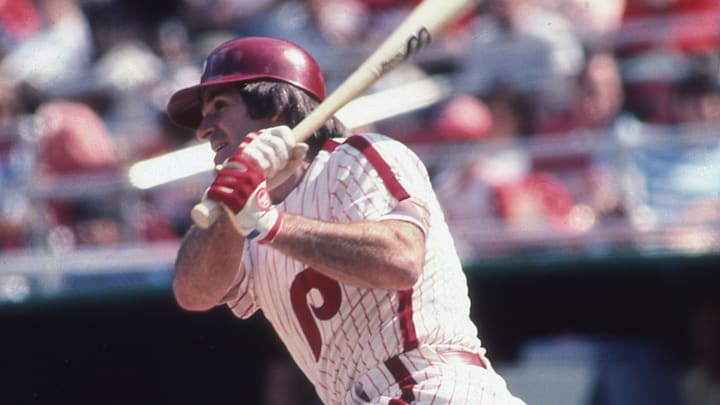No. 3: Phillies take Shane Victorino in Rule 5 Draft on Dec. 13, 2004
In what seems like a story with a fairytale ending, the Phillies selected Shane Victorino from the Los Angeles Dodgers in the 2004 Rule 5 Draft at the end of the 2004 Winter Meetings. This was his second trip through the Rule 5 process after the San Diego Padres tried the same thing a year earlier but returned him to Los Angeles.
The Phillies took a gamble on the 24-year-old outfielder and luckily had to keep him — even after he didn't make the big club out of Spring Training in 2005 — when the Dodgers declined to take him back. That season, the Flyin' Hawaiian won the Triple-A International League MVP Award and then made his Phillies debut, slashing .294/.263/.647 over 21 games.
Victorino became an integral part of the Phillies playoff teams from 2007 to 2011 and a vital piece of the 2008 World Series championship squad. He made two All-Star teams (2009 and 2011) while in Philadephia and won three consecutive Gold Gloves from 2008 to 2010.
The 2008 season was one of his best. He slashed .293/.352/.447 and scored 102 runs with 14 home runs and 36 steals in 146 games. In the postseason, he hit .269 with an .826 OPS, drove in 13 runs and hit two homers, including his grand slam in Game 2 of the NLDS.
He hit .279 and had a .784 OPS in 964 games as a Phillie. He scored 582 runs, drove in 390, and finished with 88 home runs and 63 triples. A menace on the basepaths, he stole 179 bases from 2006 until he was traded to the Dodgers part way through the 2012 season.
Victorino finished his Major League career by winning a second World Series title with the Boston Red Sox in 2013. He signed a one-day contract to retire as a Phillie in 2018.
From Rule 5 reject to World Series champion. Talk about a happy ending, for Victorino and the Phillies.
NEXT: A Winter Meetings trade for a pitcher with a big personality who helped win the 1980 World Series.
